countertop appliances - Is 220v more powerful?
lalithar
12 years ago
Related Stories
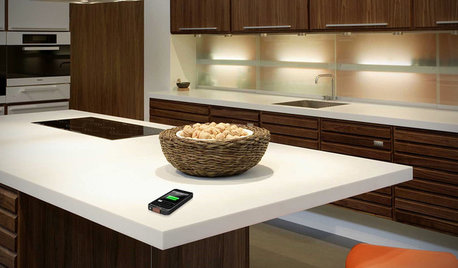
HOME TECHComing Soon: Furniture That Charges Your Phone
Countertops, tables and home appliances with wireless charging capability mean less clutter — and zero effort powering your phone
Full Story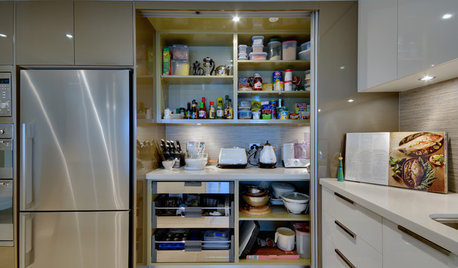
KITCHEN STORAGEMove Over, Soup Cans — the Kitchen Appliances Are Here
Design a pantry with room for mixers, coffeemakers and more, for less countertop clutter and handy access
Full Story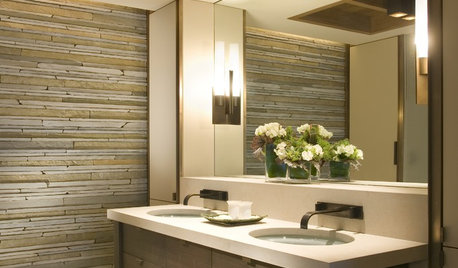
BATHROOM DESIGN2012 Appliance Trends: Bathrooms
Bathroom renovations to include more towel-warming drawers, TVs, tablets, pre-set showers and more
Full Story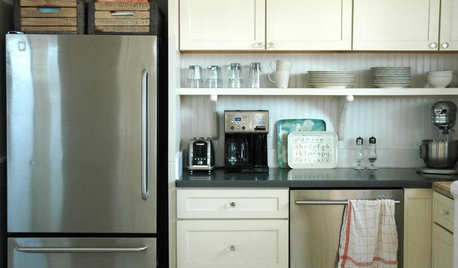
KITCHEN DESIGNTrick Out Your Kitchen Backsplash for Storage and More
Free up countertop space and keep often-used items handy by making your backsplash more resourceful
Full Story
GREAT HOME PROJECTSPower to the People: Outlets Right Where You Want Them
No more crawling and craning. With outlets in furniture, drawers and cabinets, access to power has never been easier
Full Story
GREEN BUILDINGOff the Grid: Ready to Pull the Plug on City Power?
What to consider if you want to stop relying on public utilities — or just have a more energy-efficient home
Full Story
KITCHEN DESIGNA Cook’s 6 Tips for Buying Kitchen Appliances
An avid home chef answers tricky questions about choosing the right oven, stovetop, vent hood and more
Full Story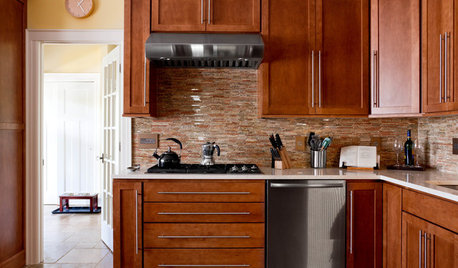
WORKING WITH PROSInside Houzz: No More Bumper Cars in This Remodeled Kitchen
More space, more storage, and the dogs can stretch out now too. A designer found on Houzz creates a couple's just-right kitchen
Full Story
ECLECTIC HOMESMy Houzz: A Basketball Court, a Rooftop Kitchen and More in Manhattan
This 5-story tour de force by the stars of ‘9 by Design’ puts the focus on family, work and fun
Full Story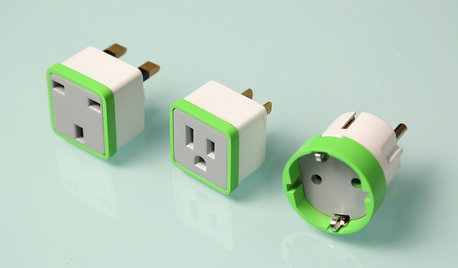
HOME TECHPlug Into Home Power Monitors That Pay for Themselves
Stop throwing away money on wasted electricity with help from new monitors that work with your phone or computer
Full Story







kaismom
stooxie
Related Professionals
Lafayette Kitchen & Bathroom Designers · Piedmont Kitchen & Bathroom Designers · Pike Creek Valley Kitchen & Bathroom Designers · Ridgewood Kitchen & Bathroom Designers · Glade Hill Kitchen & Bathroom Remodelers · Green Bay Kitchen & Bathroom Remodelers · Honolulu Kitchen & Bathroom Remodelers · Superior Kitchen & Bathroom Remodelers · Princeton Kitchen & Bathroom Remodelers · Phillipsburg Kitchen & Bathroom Remodelers · Sharonville Kitchen & Bathroom Remodelers · Citrus Heights Cabinets & Cabinetry · Crestline Cabinets & Cabinetry · Kentwood Cabinets & Cabinetry · Central Cabinets & Cabinetrycatman_gw
User
chesters_house_gw
lalitharOriginal Author
sara_the_brit_z6_ct
weedmeister
ronaka
gregincal
kaismom
plllog
PeterH2
plllog
cooksnsews
PeterH2
plllog
aliris19
PeterH2
weedmeister
aliris19
lee676
kaseki
lee676
aliris19
dan1888
PeterH2
weedmeister
kaseki
amcook
dan1888